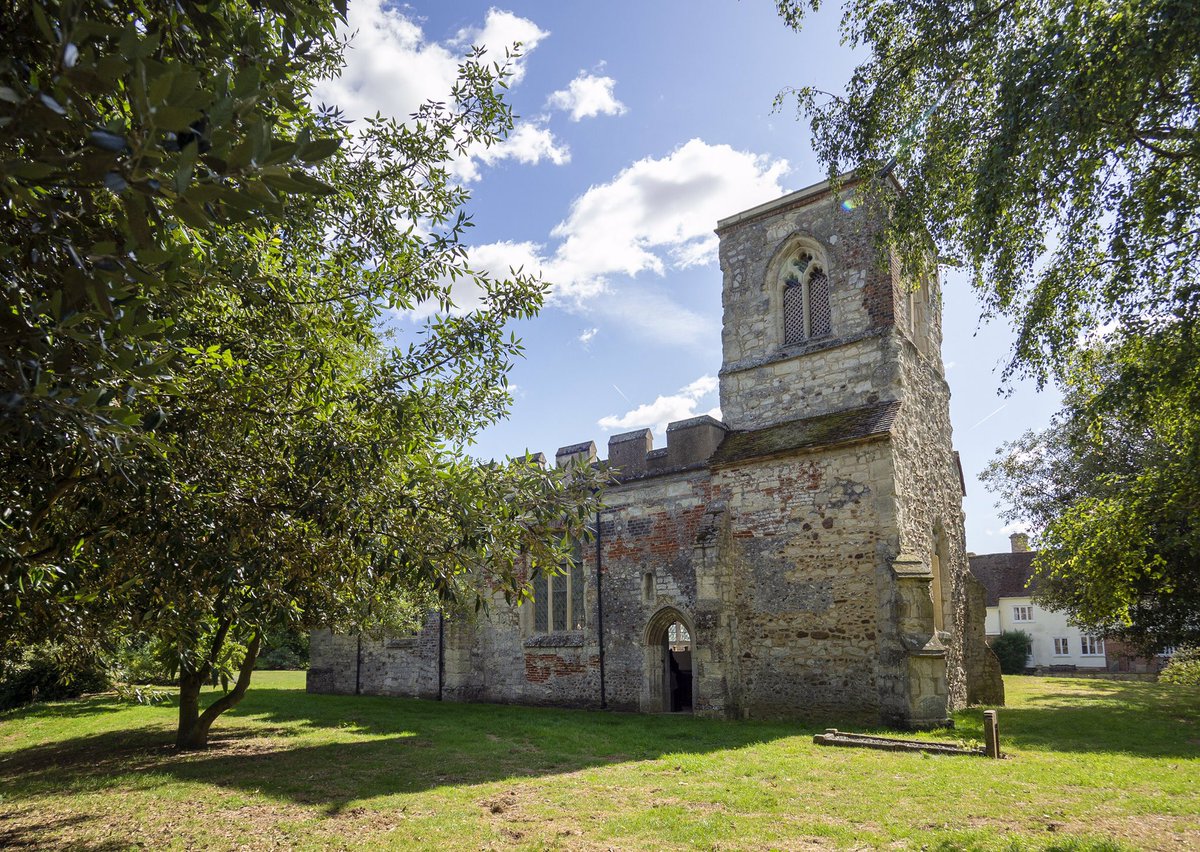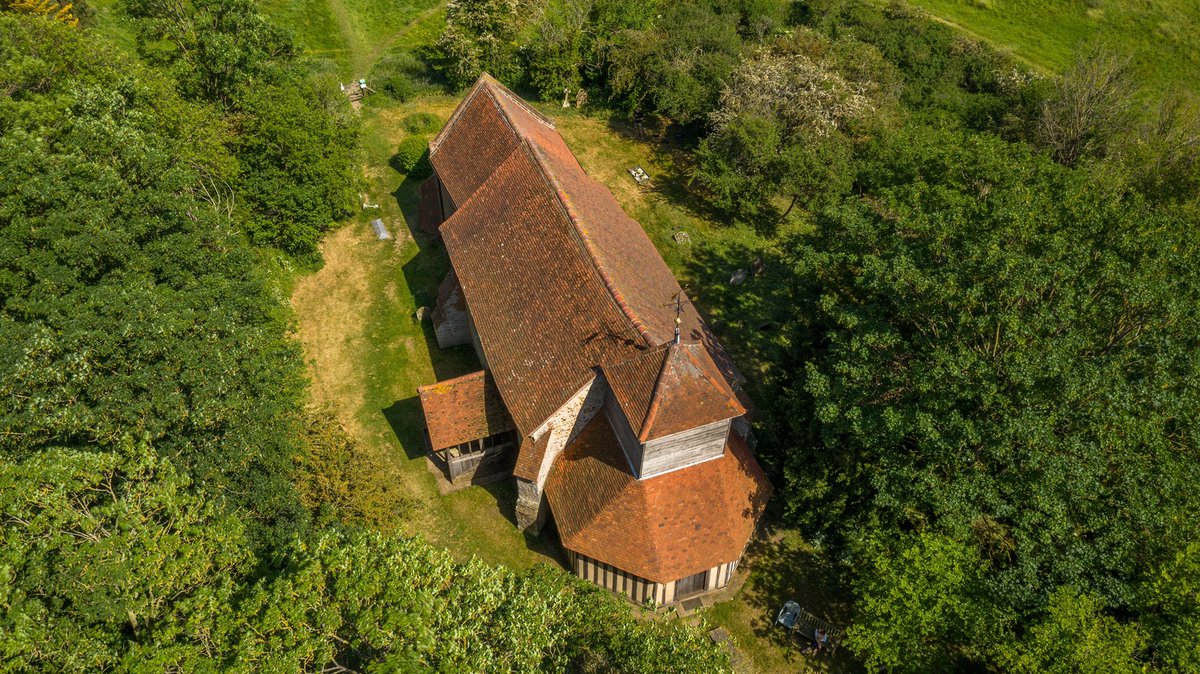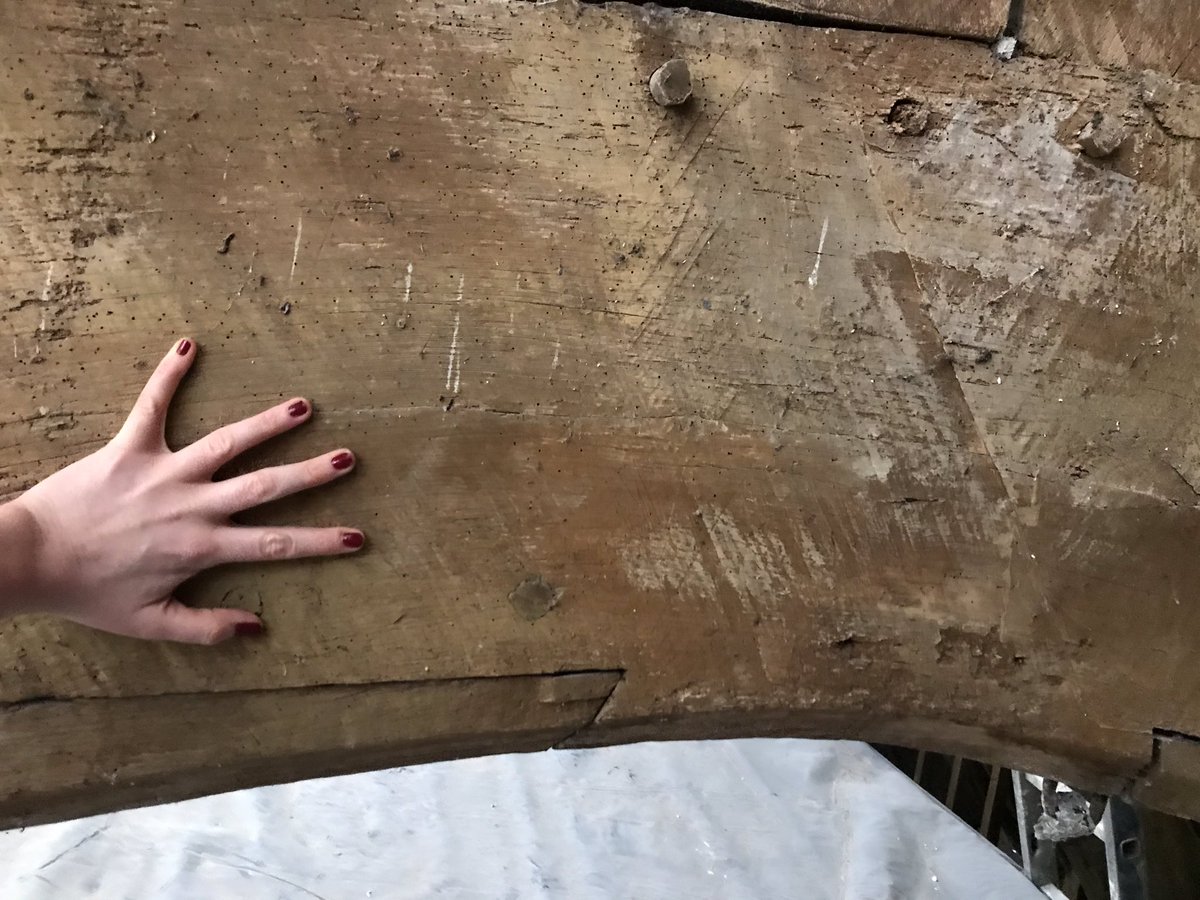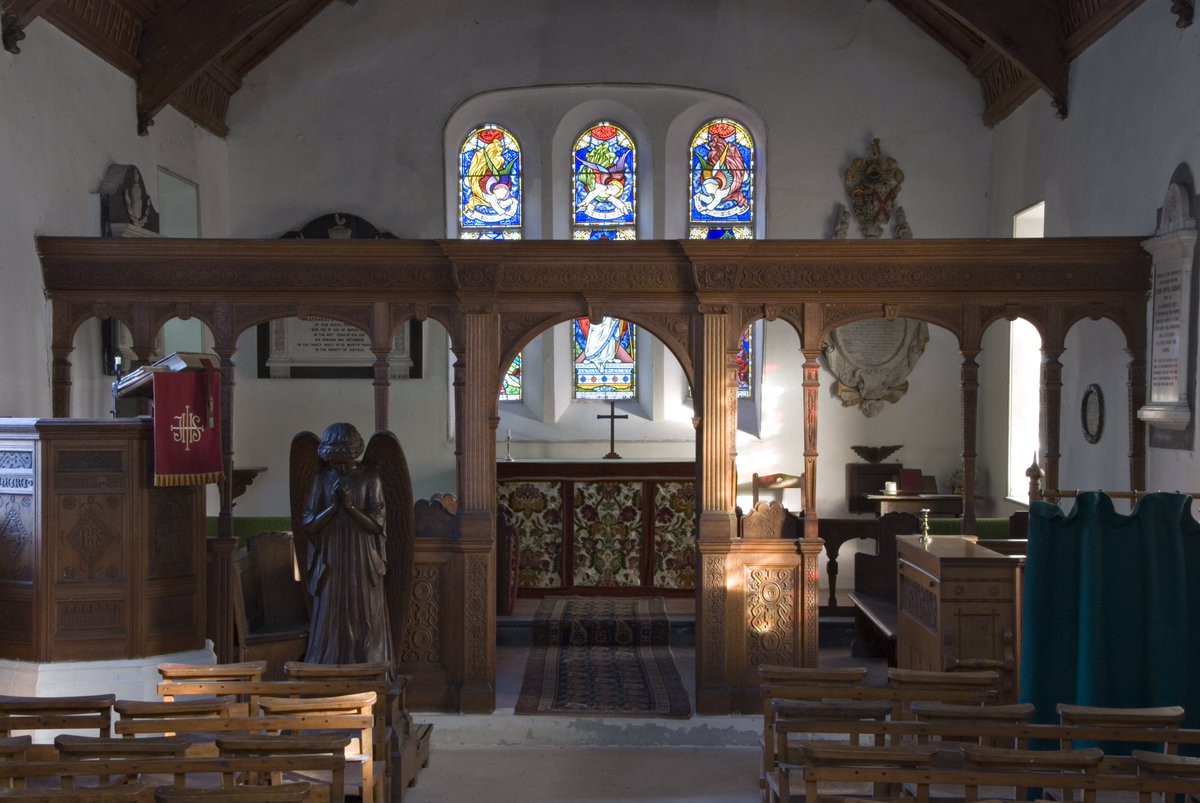
Around the font at St Mary Magdalene’s, Caldecote, you’ll find small circular hollows where the stone was ground out. The stone dust was mixed with wine or water, and drunk as medicine, a small cure all – or ‘poor man’s aspirin’ as it was known on the continent.
#thread
#thread

Medieval graffiti expert, @MedievalG, recently wrote an excellent blog on the etchings all over the walls, floors and doors of this weather-beaten, diminutive church. When writing his blog, he explained to us about these curious dots.
2/
2/

Matthew explained how the ground stone dust from a consecrated building, and thus carried God’s blessing, and when mixed with liquid, was a general cure for all ailments.
3/
3/

Caldecote village suffered greatly in the Black Death in the fourteenth century. The population of the village declined heavily during this period; no subsidy was paid in 1428 indicating that by then there were less than ten householders in the village.
4/
4/

The font, encrusted with cusps, heraldry and foliage dates to the 15th century, as does the extraordinary floor-to-(almost) ceiling stoup.
These fittings are incredibly lavish for a small, rural church – could they have been given in thanks for deliverance from the plague?
5/
These fittings are incredibly lavish for a small, rural church – could they have been given in thanks for deliverance from the plague?
5/

You can read @MedievalG’s blog on the graffiti at St Mary Magdalene, Caldecote here: friendsoffriendlesschurches.org.uk/graffiti-at-st…
Humongous thanks as ever to @badger_beard for the glorious images in this thread. ♥️
Humongous thanks as ever to @badger_beard for the glorious images in this thread. ♥️
• • •
Missing some Tweet in this thread? You can try to
force a refresh






















